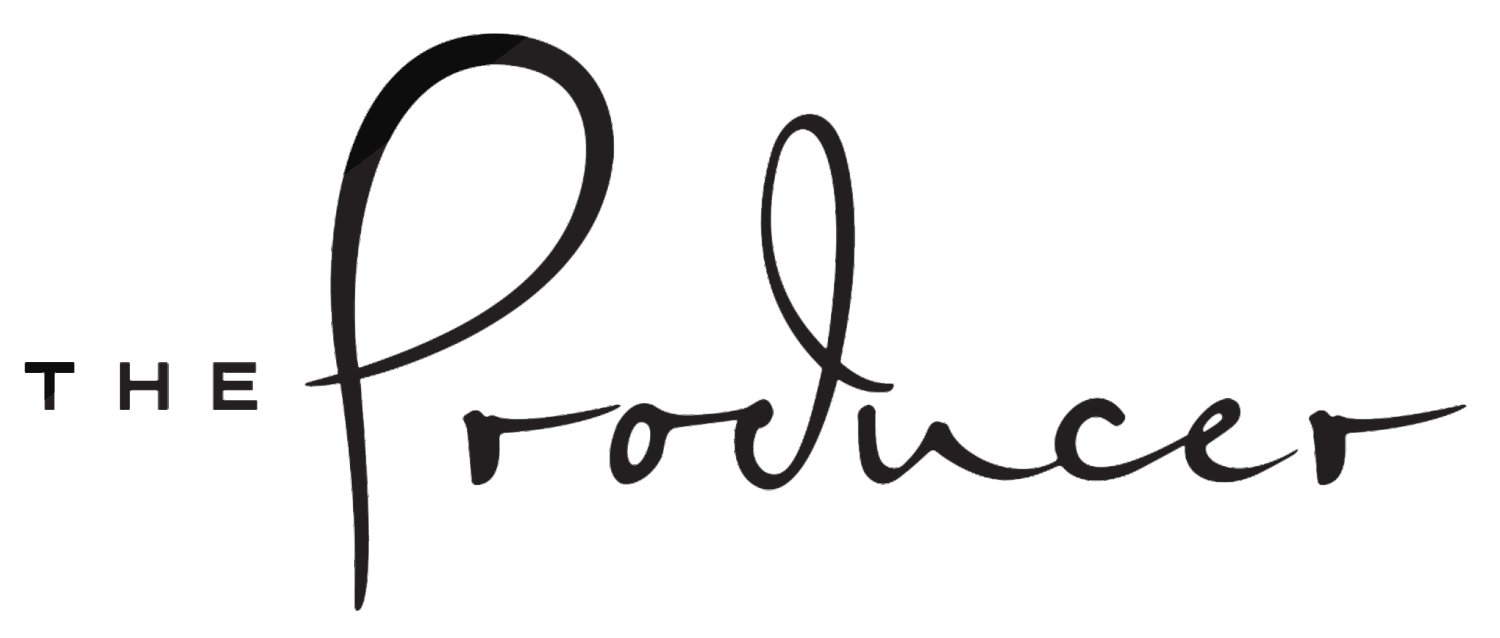Working Internationally: Travel Tips with Stylist, Anne Ross
/Anne Ross is a Prop, Wardrobe & Product Stylist based in LA. The Producer caught up with Anne to talk about her recent travel styling project in Amsterdam. Anne shares some of her best travel tips for working abroad and in Amsterdam.
Traveling with her pared-down kit to Amsterdam
TP: How is working abroad different from your home base?
AR: For me, the biggest difference working abroad is the carnet. Carnets are extensive travel documents used as a way to ensure the products brought into a certain country are used only for their intended use (in this case to be photographed) and not resold without being taxed. The carnet requires a list of each item, with a detailed description, country of origin, value, etc, as well as which container they are packed in. Using a carnet is a completely different process and brings a higher level of particularity to the project. Each piece listed on the carnet must return to the country of origin, no matter the condition, and in the same case in which it arrived.
European "trucks"
This can be tedious when you are talking about prop pens, notebooks, vases, mail, etc. It is certainly possible to source everything you may need as a prop stylist on location, but on my most recent trip to Amsterdam, I found it very helpful to bring all the small prop pieces with me that take time to acquire and can be tedious to source. Doing so brought the list of what I needed to find abroad down to a much more manageable level...especially with limited prep time on location. The trade-off of working this way is the carnet process.
During the shoot, I found myself working at a higher level of anxiety; constantly watching where that notebook went or who walked off with the wine tote. Everything on that carnet sheet had to return home with me and I didn't want any headaches at customs. Then, there’s the issue of small props getting lost or broken. I’ve known stylists to pack shards of glass from a vase that had broken, but was on the carnet, just in case. There is definitely a feeling of victory and completion when I finally make it through US Customs successfully!
TP: Is there a different way of working here? Is the workflow or process different?
AR: On a large shoot in the States, I usually have the appropriately sized vehicle to house and store ALL of the props for the duration of the shoot. On occasion, we may need to have some things swapped out, but we usually bring the whole kit and kaboodle each day including sofas, side tables, dining sets, etc.
In many countries abroad, 17’ box trucks are not readily available, and even if they were, they wouldn’t make it down most of the small streets. Often, the largest truck is a cargo van, so the prop department gets a little more complicated.
4th Floor Walk Up
Pre-production includes making many lists and separating all the props out by day. At the end of each day, the prop truck is unloaded and reloaded with pieces for the next day. This requires a home base to store all the prop furniture and small accessory pieces for the duration of the shoot and assistants to help long after the last shot of the day is captured to prepare for the following day.
TP: What did you bring along with you and what did you have to source locally?
AR: The most recent shoot abroad was in Amsterdam. We were shooting 5 days in 5 different locations and each day had completely different prop needs. One location was a top floor loft (with no elevator) that required entirely different furniture than what was at the location….sofa, chairs, dining table/chairs, etc. I knew the prop list was going to be extensive, so I focused on finding and bringing many of the small items like notebooks, vases, serving utensils, and throw pillows from the US. This allowed me to keep my minimal prep time abroad focused on the larger pieces.
I was fortunate to have a dear friend, Leslie Oschmann, who lives there who introduced me to her friend, Helma Bongenaar, who happens to be a prop stylist (photoshoot gods smiling down on me). These two incredible women were an immeasurable source of help in finding the larger pieces I needed on time and on budget.
The perfect weathered bench
Helma was a wonderful tour guide and showed me hidden gem shops I had not found in my research. She was able to speak Dutch to the local shop owners and help negotiate terms for rentals of many of the larger furniture pieces I needed. One of the vendors was a local “coffeeshop” (aka cannibis shop) who had the perfect weathered bench out front. The shop owner was visibly stoned and looked at me like I was crazy when I asked to rent her bench. She asked me to repeat my request a few times--not understanding why I would want to give her money to borrow an old weathered bench. Having a local to help explain what was happening was incredibly helpful.
TP: [laughing] International production can certainly be an adventure! It's so fortunate when you have great local contacts who can help smooth things out.
Where can our community find you?
AR: My website is: www.anneross.com and my instagram handle is @anneross.stylist
Thanks so much for sharing all your insight with us today, Anne! Be sure to check out our other articles featuring Anne:
1) International Tools of the Trade - Anne’s must-have travel items for international work.
2) Exploring Amsterdam with Anne Ross





